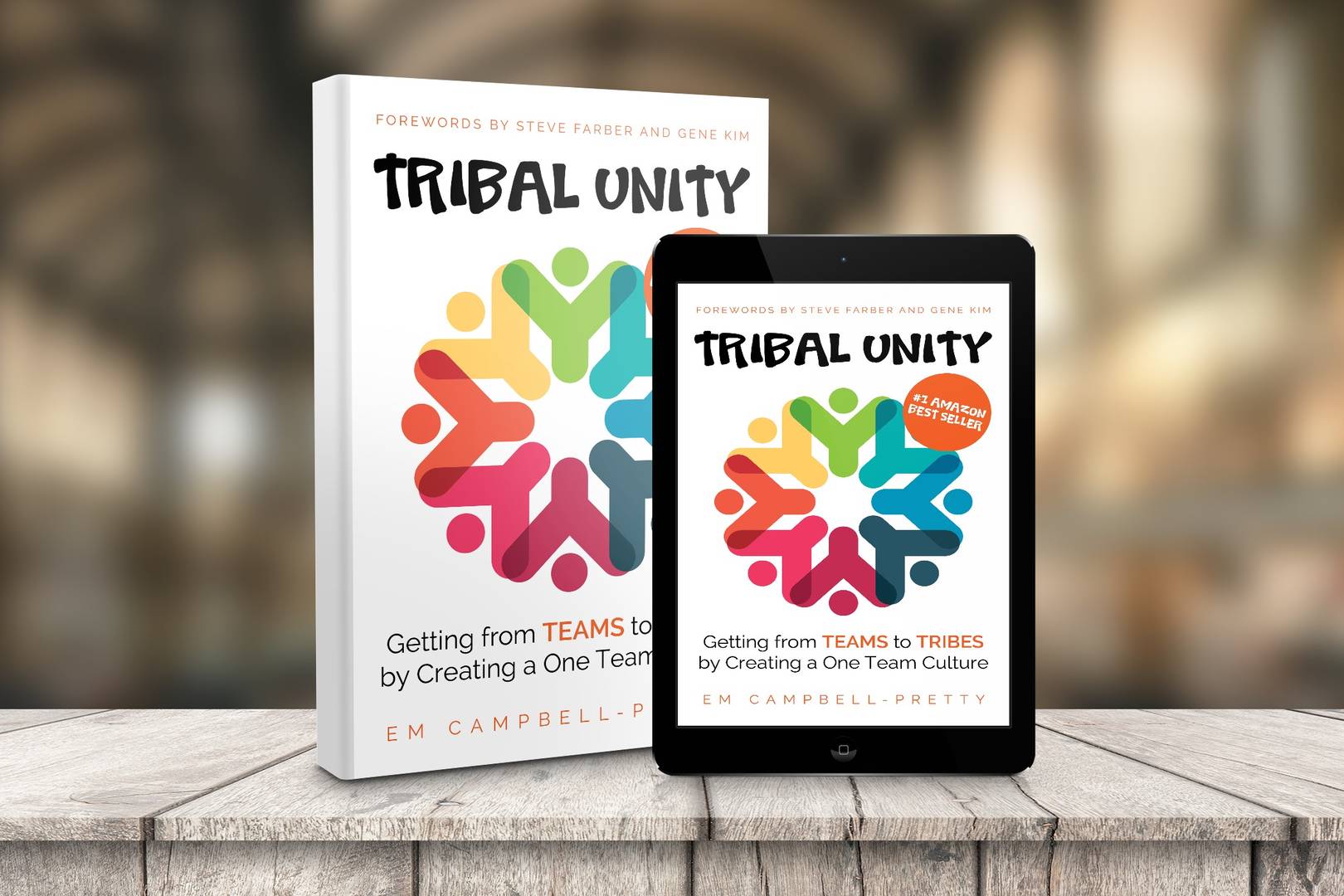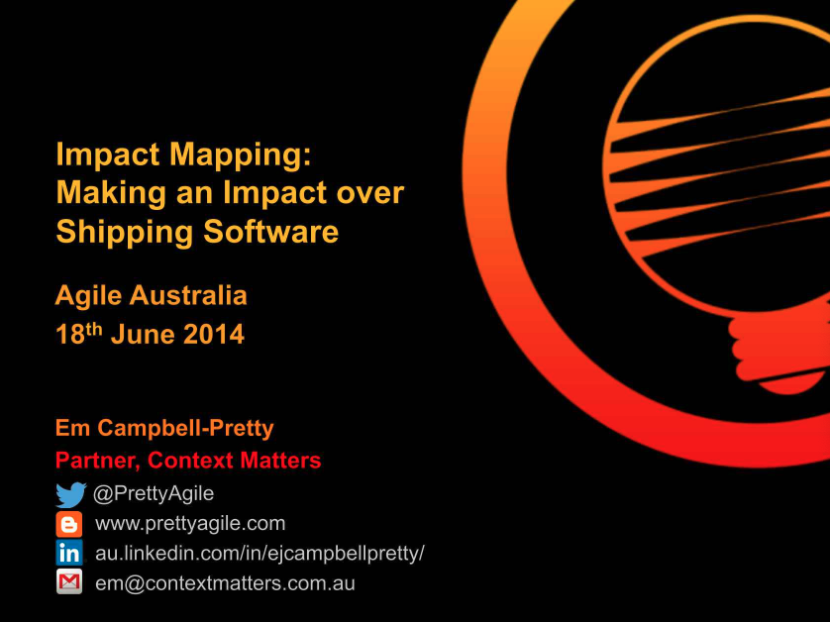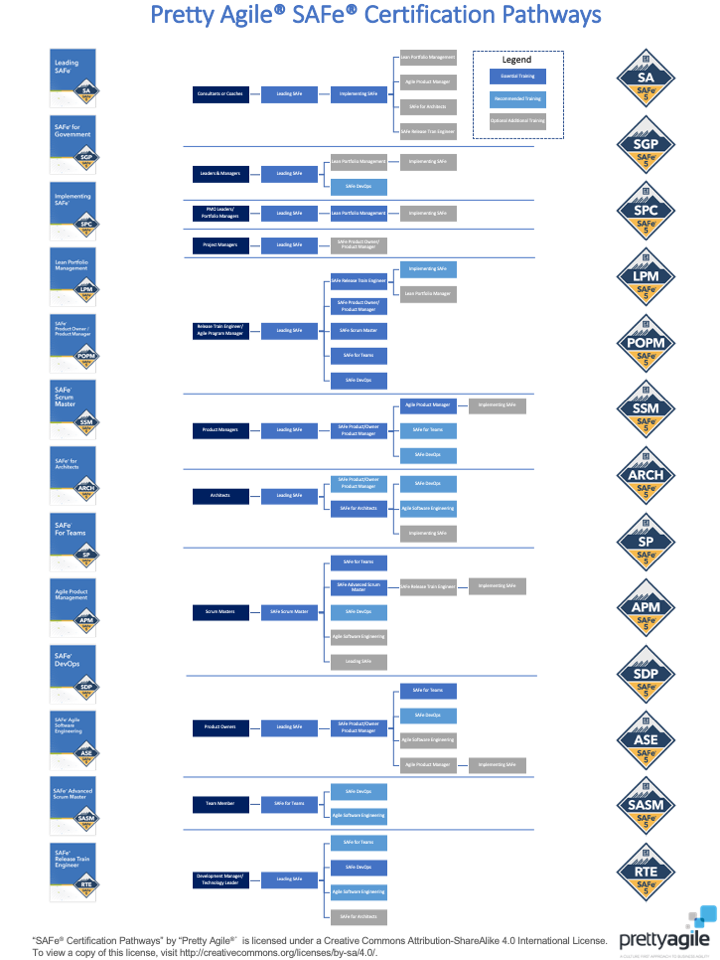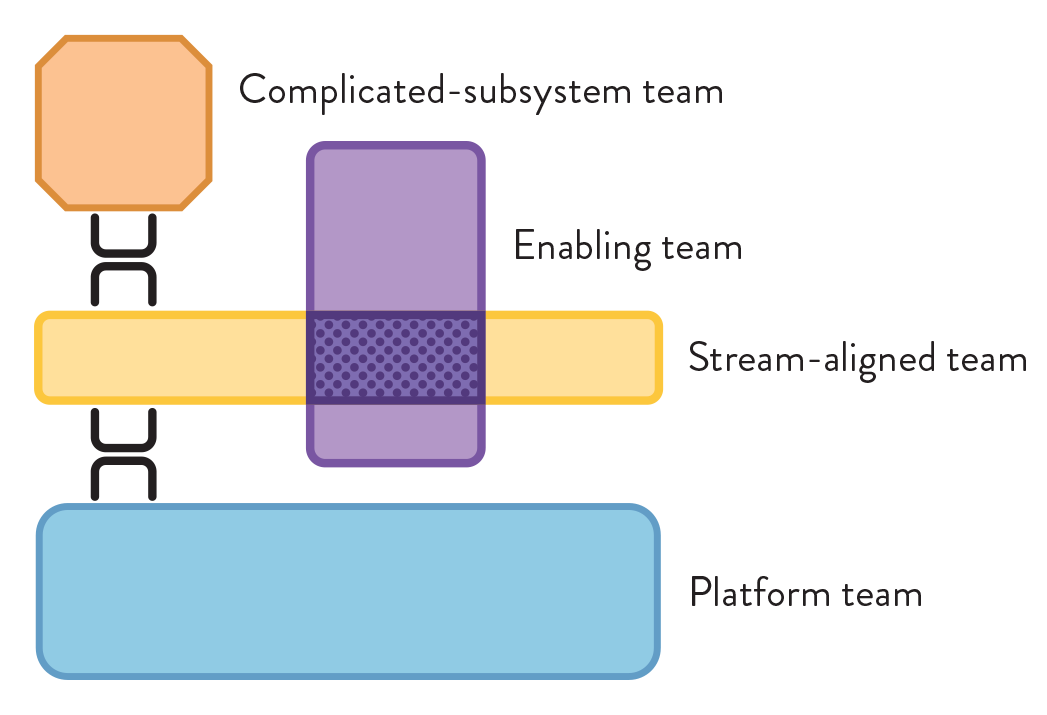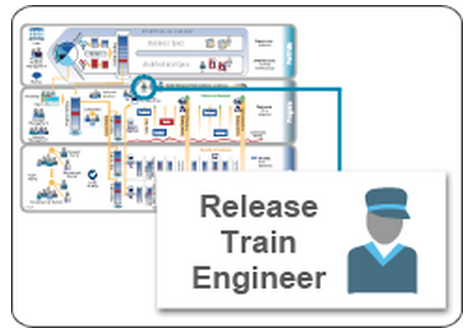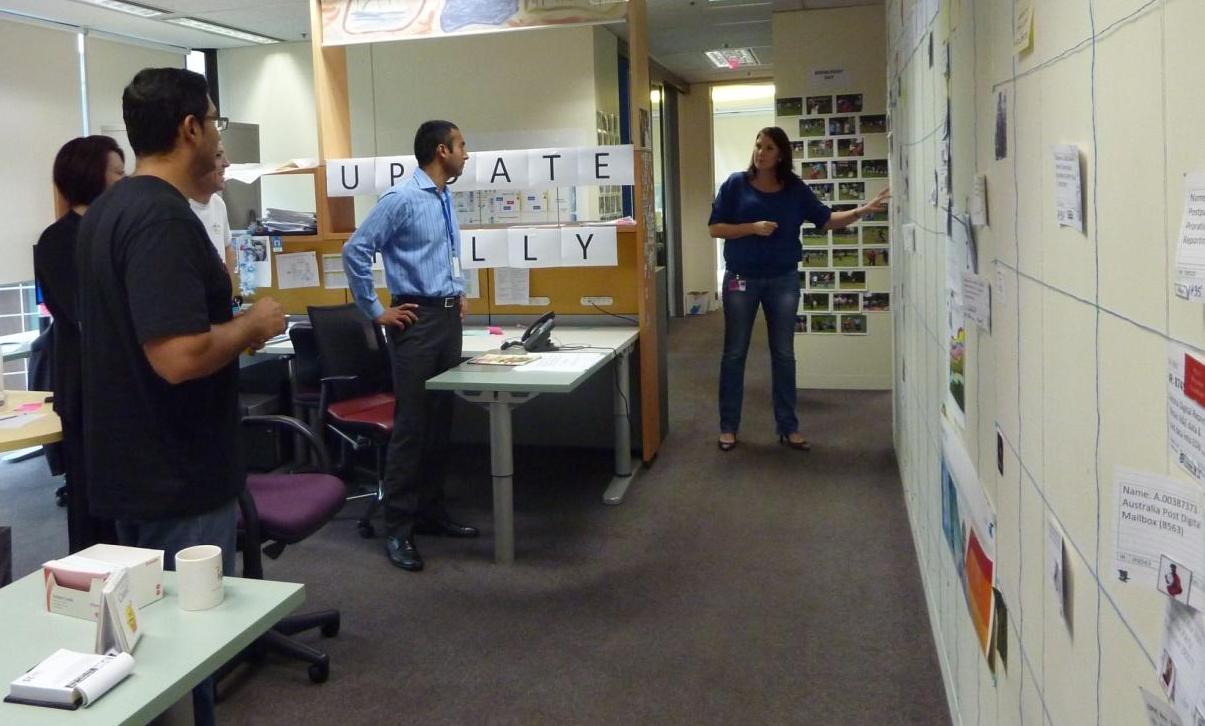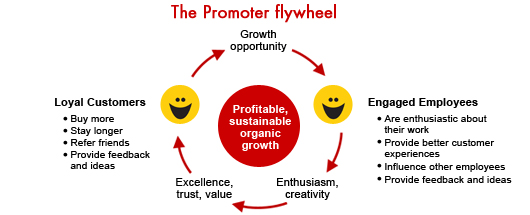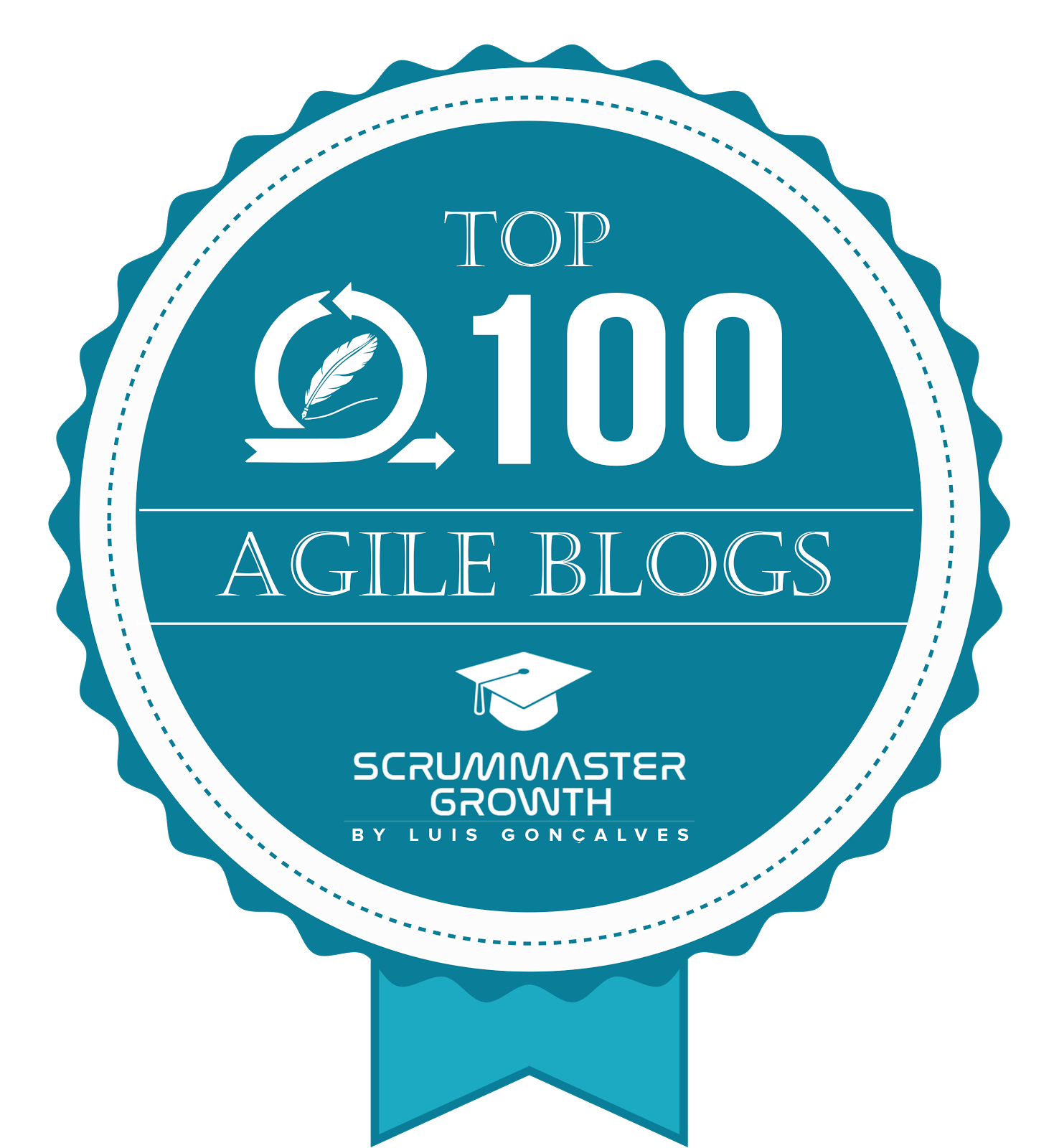- AI-Native Training
- SAFe Training
- Choose a Course
- Public Training Schedule
- SAFe Certifications
- Leading SAFe
- Implementing SAFe
- Advanced SAFe Practice Consultant
- Leading SAFe for Government
- SAFe Lean Portfolio Management
- SAFe Release Train Engineer
- SAFe for Hardware
- SAFe for Architects
- Agile Product Management
- SAFe Scrum Master
- Advanced Scrum Master
- SAFe DevOps
- SAFe Product Owner/Product Manager
- SAFe Agile Software Engineering
- SAFe for Teams
- SAFe Micro-credentials
- Agile HR Training
Is it SAFe to Scrum?
Update September 2024 to reflect SAFe 6.0 terminology.
While I was hanging out on the West Coast of the U.S. earlier this month, I decided to take Mike Cohn's Certified ScrumMaster (CSM) class. I have been using Scrum for a number of years; however, my early Agile education was from a more generic Agile fundamentals angle and for no apparent reason, I had never bothered to take a CSM class. When the opportunity to take Mike's class happened to match my travel schedule, it was too good an opportunity to pass up. I really enjoyed the two-day class, and if you ever get the opportunity to learn Scrum from Mike, you should jump at it.
So, what did I learn in Scrum Training?
Firstly, I learnt that I already knew a lot about Scrum. While I suspected this was the case, it was still nice to know for sure. Secondly, after two days of talking about Scrum, I am now completely convinced that Scaled Agile Framework (SAFe) is congruent with Scrum.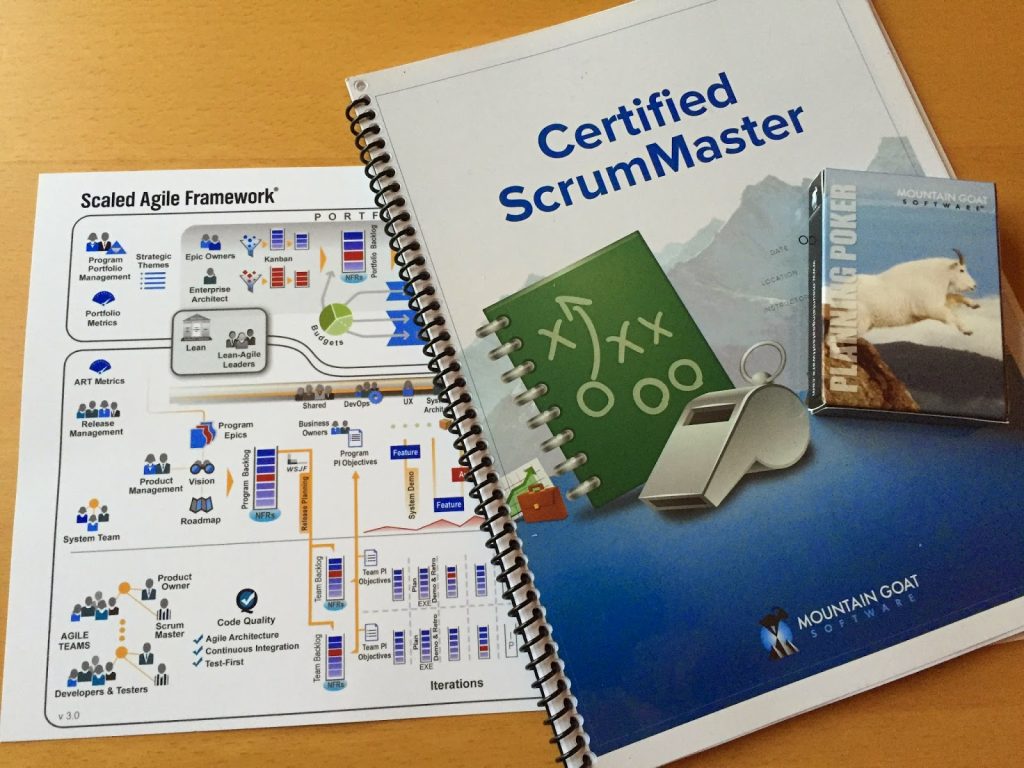
I had the opportunity to ask Mike about SAFe. Having read his blog post on LAFABLE, I didn't expect his views to be positive. Mike indicated that he felt SAFe was for enterprises that didn't really want to be agile. He highlighted the SAFe practice of a two-day planning event involving hundreds of people as particularly disconcerting. I can understand this. I think it is very hard to get your head around PI Planning until you have witnessed one.
Concerns about this event are often raised in my Leading SAFe classes. My advice to students is always the same - get yourself invited to a PI Planning event. See it for yourself, then decide if you think it is valuable. (A student who recently took this advice was blown away by the experience and echoed my view that you have to see it to believe it.)
Differences Between Scrum and SAFe
Anyway, back to Scrum and SAFe. Clearly, there are some differences. Scrum is silent on development practices. SAFe advocates Built-in-Quality practices inspired by XP. Scrum doesn't specify longer-term planning to be done on a cadence, although release planning appears to be a commonly accepted practice. However, on the whole, Scrum, as it is outlined in SAFe, seems to be the same Scrum one can learn in a CSM class. Both have a Scrum Master, a Product Owner and a development team. Both have daily scrums, sprint planning, sprint goals, sprint reviews and retrospectives. Note: SAFe replaces the term sprint with iteration in SAFe 4.0 and has used the term Team Sync for daily scrum since SAFe 6.0.
While “Core Scrum”, as articulated in the Scrum Guide, doesn’t talk about scaling, Mike did provide some guidance on how to scale Scrum. This included a scrum of scrums, aligning sprint start and end dates, a shared product backlog, and scaling the product owner to include Product Line Owners and Chief Product Owners. All these concepts are also included in SAFe, albeit in some cases with different names.
Accepting that there are some differences in terminology and that Scrum doesn't have a two-day team of teams planning event, I left Mike's class bewildered at why so many members of the Scrum community are so opposed to SAFe. Perhaps it is the introduction of the Portfolio level? It seems to me that the type of strategic planning enabled by the Portfolio level in SAFe in no way contradicts Scrum. I would simply observe that Scrum is focused on enabling software development teams and does not concern itself with how the organisation aligns its technology investments to business strategies and the consequential allocation of funds. I don't find this to be contradictory; it's just different.
Perhaps my business lens allows me to see things differently than those who grew up in IT. Whatever the reason, having now been through SAFe training with Dean Leffingwell and Scrum training with Mike Cohn, I just can’t see what all the fuss is about. After all, isn’t our highest priority “to satisfy the customer through early and continuous delivery of valuable software”?



